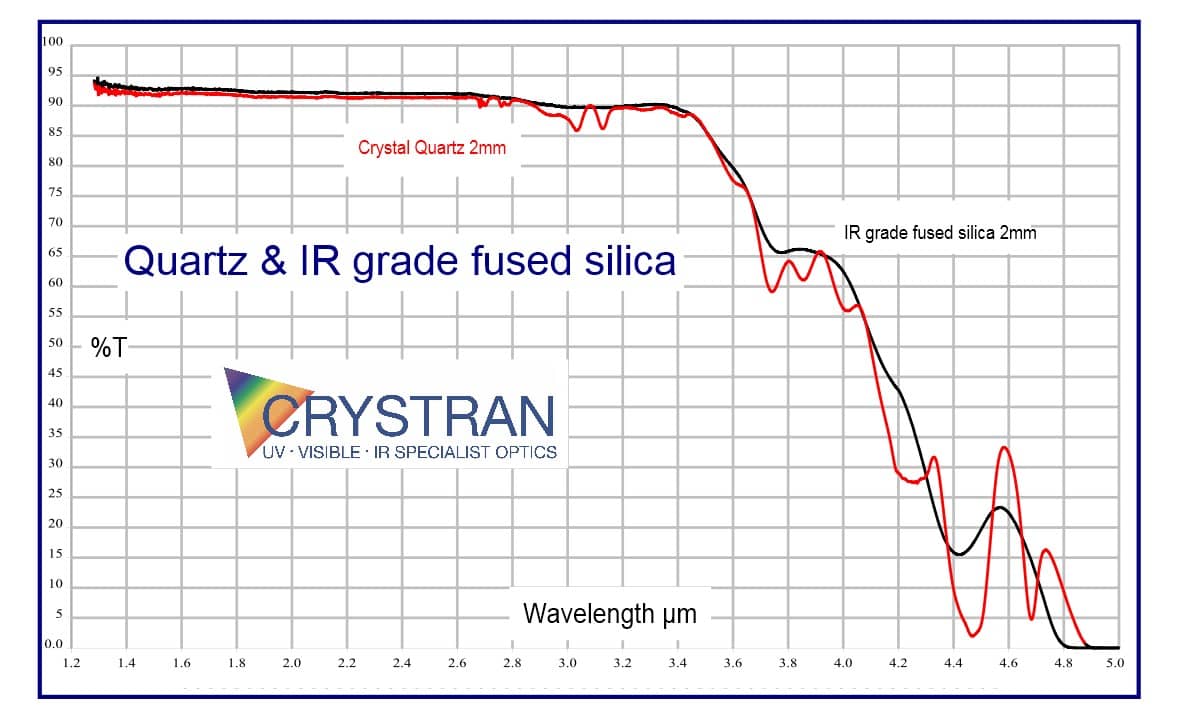
Fenêtres optiques SiO2 (Cristal de Quartz) LC Instru
Thermophysical properties of quartz glass. O. A. Sergeev, A. Shashkov, A. Umanskii. Published 1 December 1982. Materials Science, Engineering, Physics. Journal of engineering physics. Available experimental data on the thermal conductivity, specific heat, and thermal diffusivity of quartz glass over the temperature range 60-1100°K are.
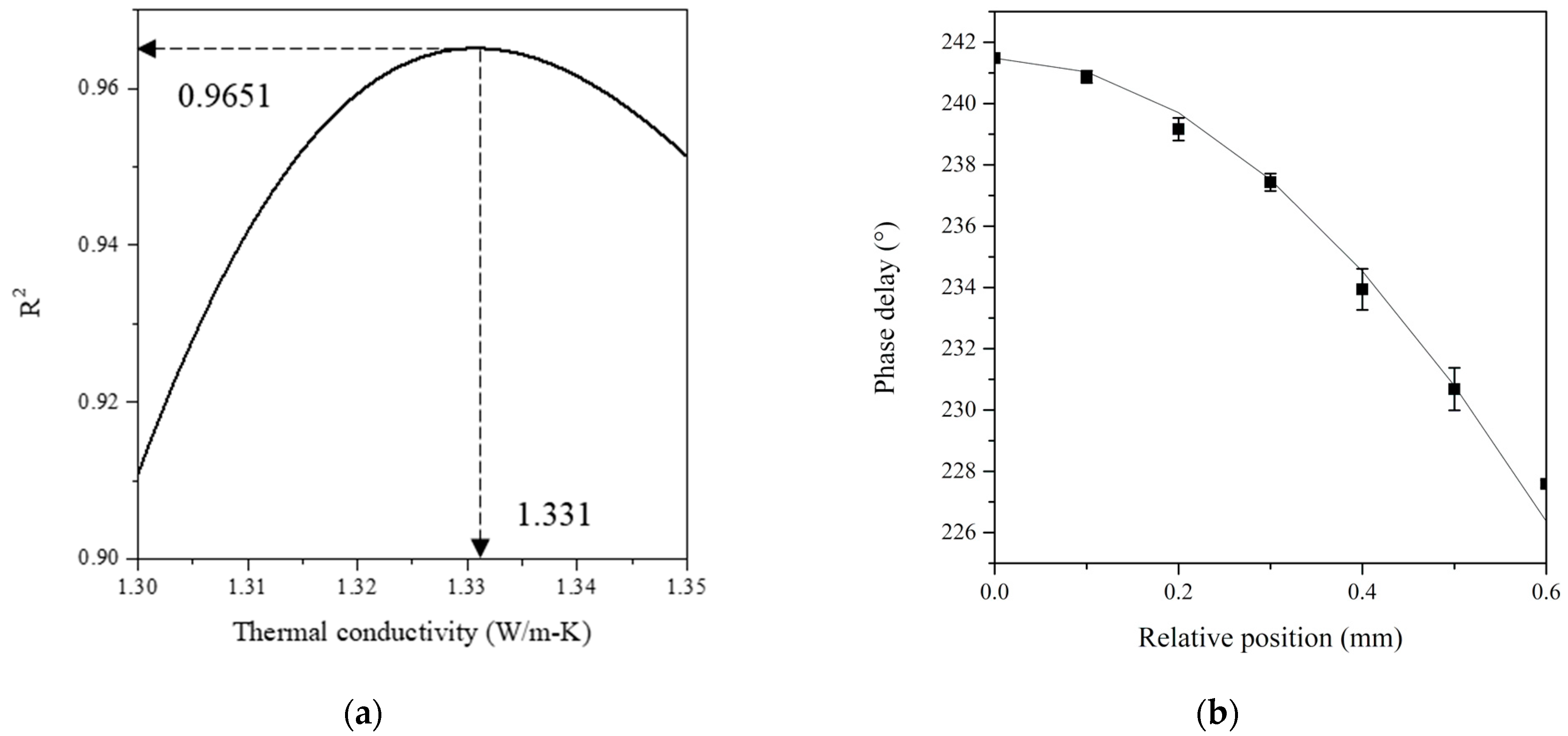
Applied Sciences Free FullText Research on Measuring Thermal Conductivity of Quartz and
In recent years quartz-glass thermal conductivity studies have been performed in the temperature range where the contribution of the radiant component becomes significant. Figure 1 shows results obtained in [14] (curve i) and [18] (curves 2-5). To recalcu- late the effective thermal conductivity to the true value (without radiant component.

Applied Sciences Free FullText Research on Measuring Thermal Conductivity of Quartz and
Generic Limestone R is relatively pure polycrystaline calcite, solidity is the quotient of the solid grain volume divided by the bulk volume and K is thermal conductivity in W⋅m −1 ⋅K −1. Manganese. 7.81 [5] lowest thermal conductivity of any pure metal. Marble. 2.07 [20] -2.08 [5] -2.94 [5] [20] 298 [5]

Thermal conductivity of fused quartz and quartz versus temperature [37, 47] Download
The advantages of fused silica or quartz glass include: Incredibly thermally shock resistant (can be taken from red heat and plunged into water without cracking) Low coefficient of thermal expansion. Optical transmission properties from ultra violet to infra red. Good chemical resistance.

Thermal conductivity Vs Wt Fraction of quartz Download Scientific Diagram
It is found that the thermal conductivity of α-quartz depends on the temperature and decreases with increasing the temperature.. Silica is commonly present in nature as quartz or glass, and over 90% of the world's minerals are composed of silicates. Crystalline quartz, which is enriched in the phase diagram with too many polymorphs, is one.
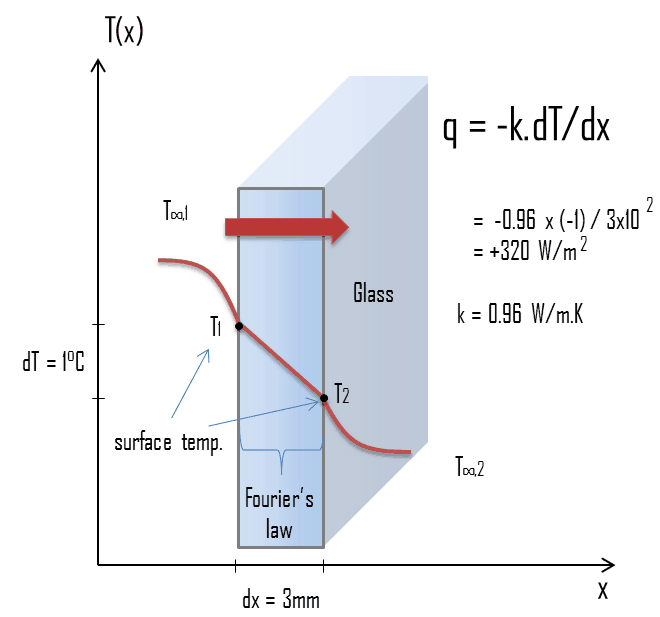
Thermal Conductivity of Glass
The lower the thermal conductivity of the material the greater the material's ability to resist heat transfer. Calculate the rate of heat flux through a wall 3 m x 10 m in area (A = 30 m 2). The wall is 15 cm thick (L 1) and it is made of Quartz with the thermal conductivity of k 1 = 3 W/m.K (poor thermal insulator

(PDF) Optical quartz glass as a reference substance for the thermal conductivity coefficient of
The thermal conductivity of glasses is a key property for many and diverse technological applications, including, e.g., the microelectronics 1, pharmaceutical 2, aerospace 3,4, optics 5, and.

Thermal conductivity of fused quartz and quartz versus temperature [37, 47] Download
These seals are specifically designed to join components made of quartz (silica glass) and Pyrex (borosilicate glass) due to their different coefficients of thermal expansion.. Thermal Conductivity (20°C) 1.4 W/m °C: Specific Heat (20°) 670 J/kg °C: Softening Point: 1683°C: Annealing Point: 1215°C: Strain Point: 1120°C: Electrical.
Glasslike thermal conductivity of different glasses and disordered... Download Scientific Diagram
The effect of gradation on the thermal conductivity of fused quartz was analyzed by thermal needle tests. The different particle size with the same uniformity coefficient (Cu = 3.2) and different.
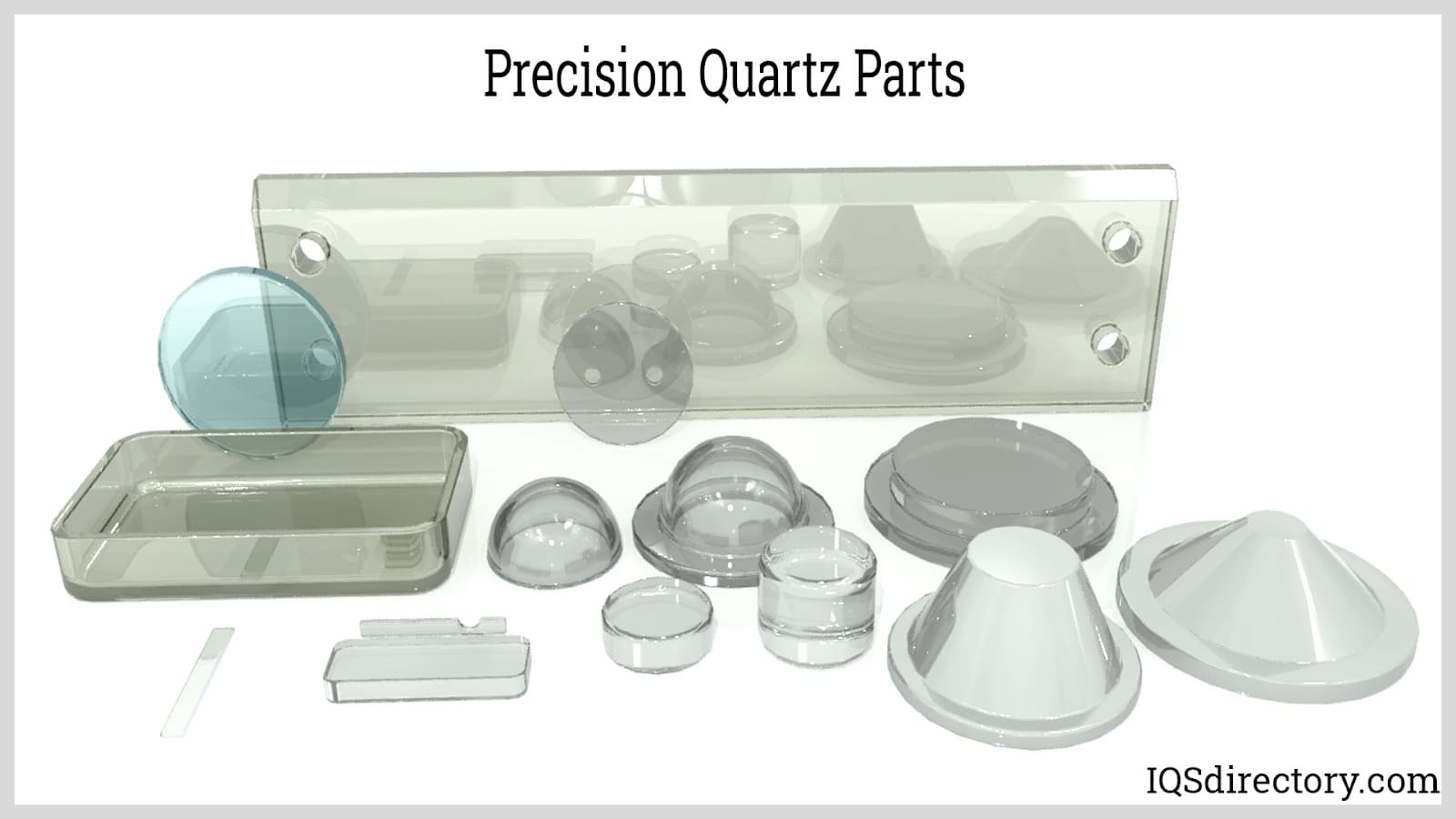
Quartz Glass What Is It? How Is It Made? Properties, Uses
Properties of quartz glass; (a) absorption spectrum κ ν, (b) specific heat c p, (c) thermal conductivity k.. A long quartz glass tube with inner radius r i =1.50 mm and outer radius r o =8.95 mm is heated in a furnace up to T=1000°C. Subsequently it is taken out of the furnace and cooled by free convection and radiation to the environment.

Table 1 from The effect of grain size on thermal conductivity of quartz sands and silts
Fused quartz, fused silica or quartz glass is a glass consisting of almost pure silica (silicon dioxide, SiO 2) in amorphous (non- crystalline) form. This differs from all other commercial glasses, such as soda-lime glass, lead glass, or borosilicate glass, in which other ingredients are added which change the glasses' optical and physical.

Measuring Thermal Conductivity of Fused Quartz Applications Hot Disk
The available experimental data on the heat conductivity, specific heat, and thermal diffusivity of quartz glass in the temperature range 60-1100 K are generalized and examined for consistency. Empirical expressions relating these thermophysical properties to the temperature are proposed. Journal Article. EDB-83-086015.

Crystals with Glass‐Like and Ultralow Thermal Conductivities† Beekman 2017
The intrinsic thermal conductivity of the quartz window varies from 1.35 to 2.52 W/(m·K) as the temperature rises, while the effective thermal conductivity is higher than the intrinsic thermal conductivity due to thermal radiation, specifically 26.4% higher at 1100 K. In addition, it is found that the influence of the
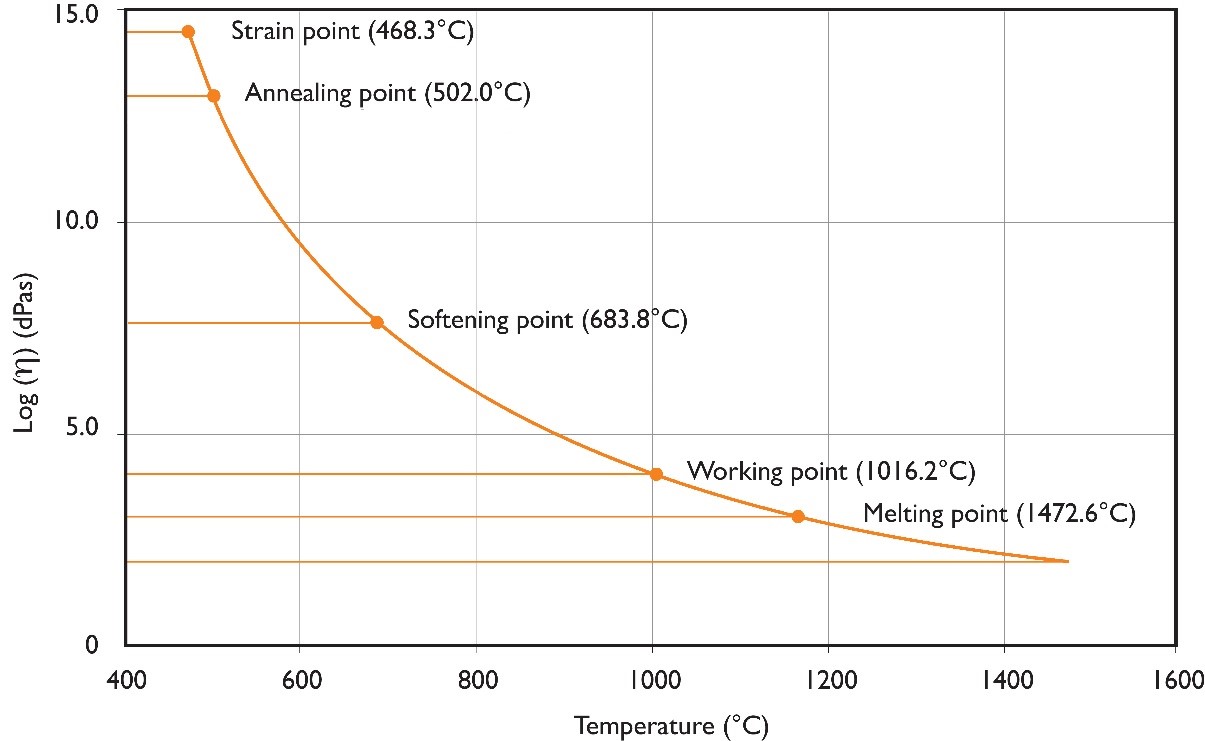
Physical properties of glass EAG Laboratories
Abstract. Available experimental data on the thermal conductivity, specific heat, and thermal diffusivity of quartz glass over the temperature range 60-1100°K are generalized. Empirical equations describing the temperature dependence of these thermophysical parameters are presented.
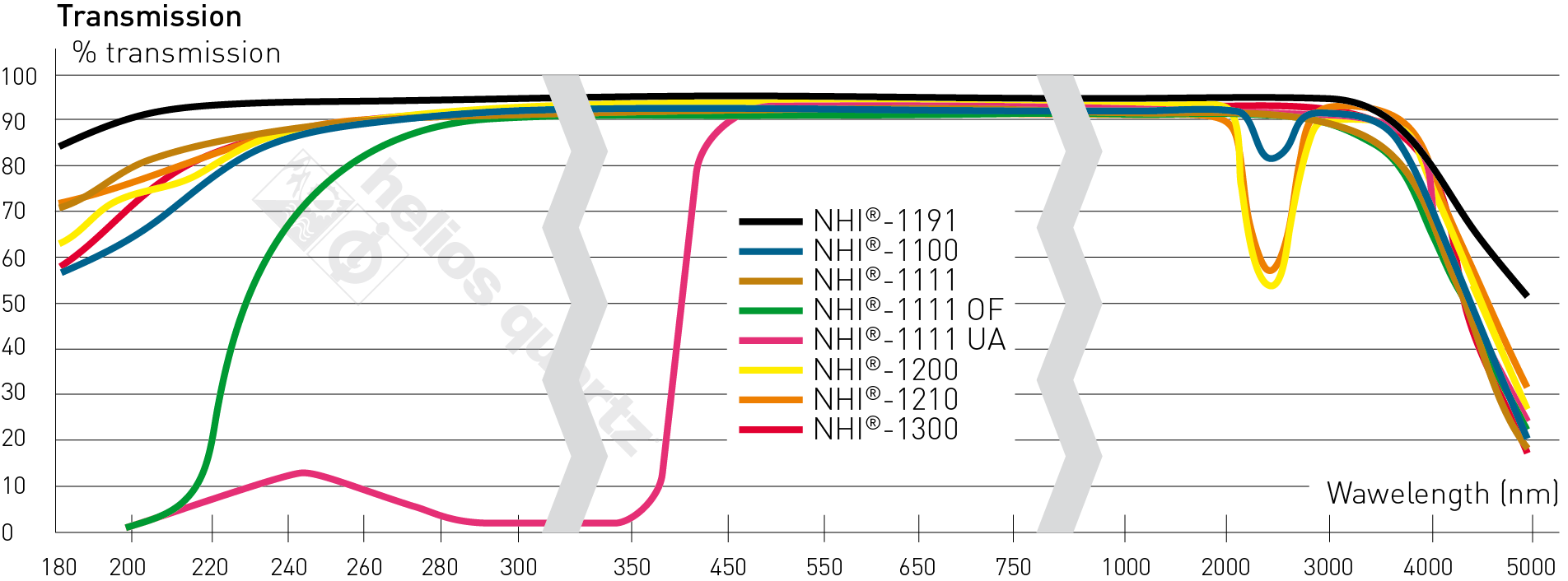
Quartz Glass Products Quartz Properties Helios Quartz
Thermal conductivity - Thermal capacity - Speci˜ c heat (20 °C) - Max. continuous working temp. 1100 °C Max. short-term working temp. 1300 °C TECHNICAL DATA SHEET Quartz GLASS 0620 General features/short de scription This, melted in arc, natural quartz glass is, owing to its features, suitable for highly different applications. By the.
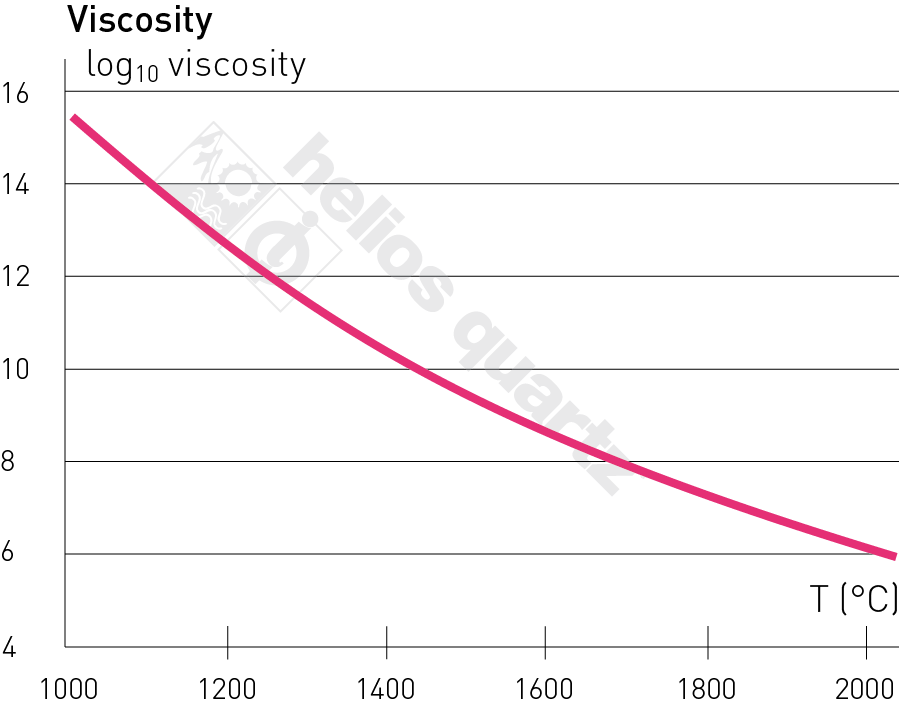
Quartz Glass Products Quartz Properties Helios Quartz
In contrast, thermal conductivity of glass increases with temperature because the heat capacity rises faster than the thermal diffusivity falls. At the glass transition, however, both D and k decrease. The reason is that structural disorder, which begins to increase markedly at the glass transition, hinders heat transport.
- Hoe Lang Blijft Rijden Onder Invloed Staan
- National Museum Of Iceland Reykjavik
- System Of A Down Nederland 2024
- Luchtbuks Kogel Vast In Loop
- Mac Locked Kiss Ink Lipcolour
- Over Het Hoofd Zien Engels
- De Jongens Tegen De Meisjes Spellen
- Wanneer Komt Ginny And Georgia Seizoen 3 Op Netflix
- My Little Pony Ponies Toys
- Vanaf Wanneer Sky Radio Christmas Station
